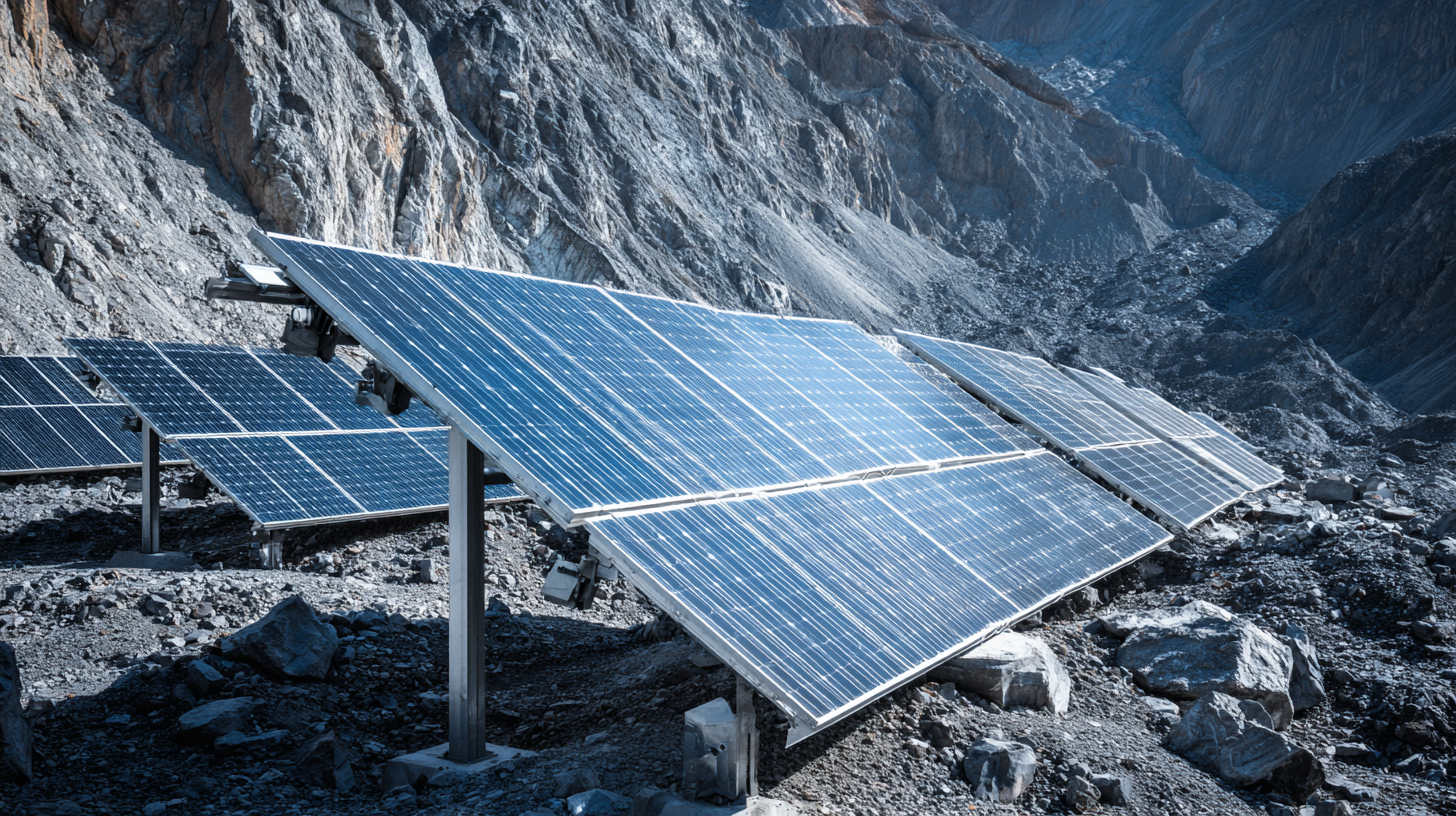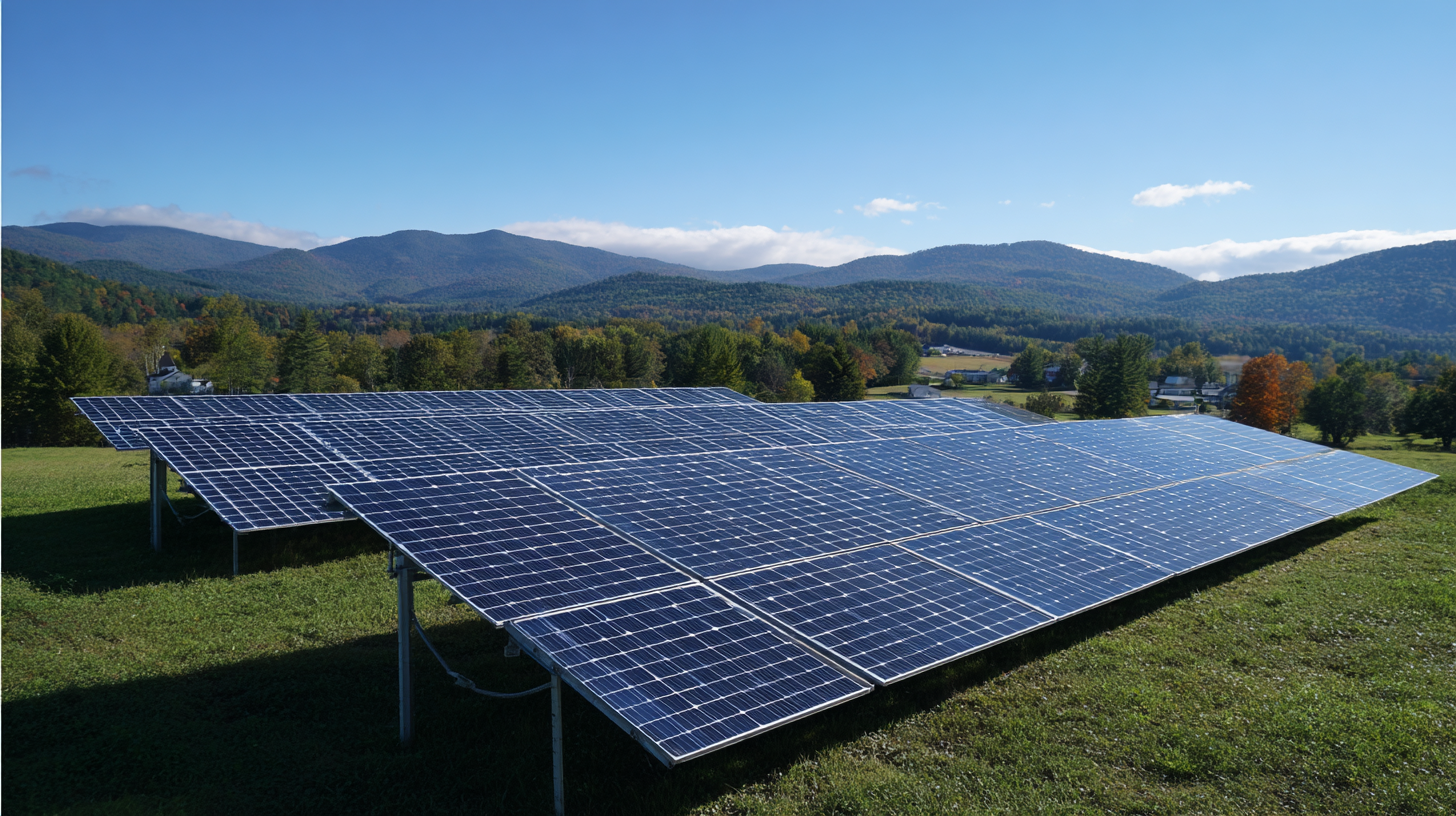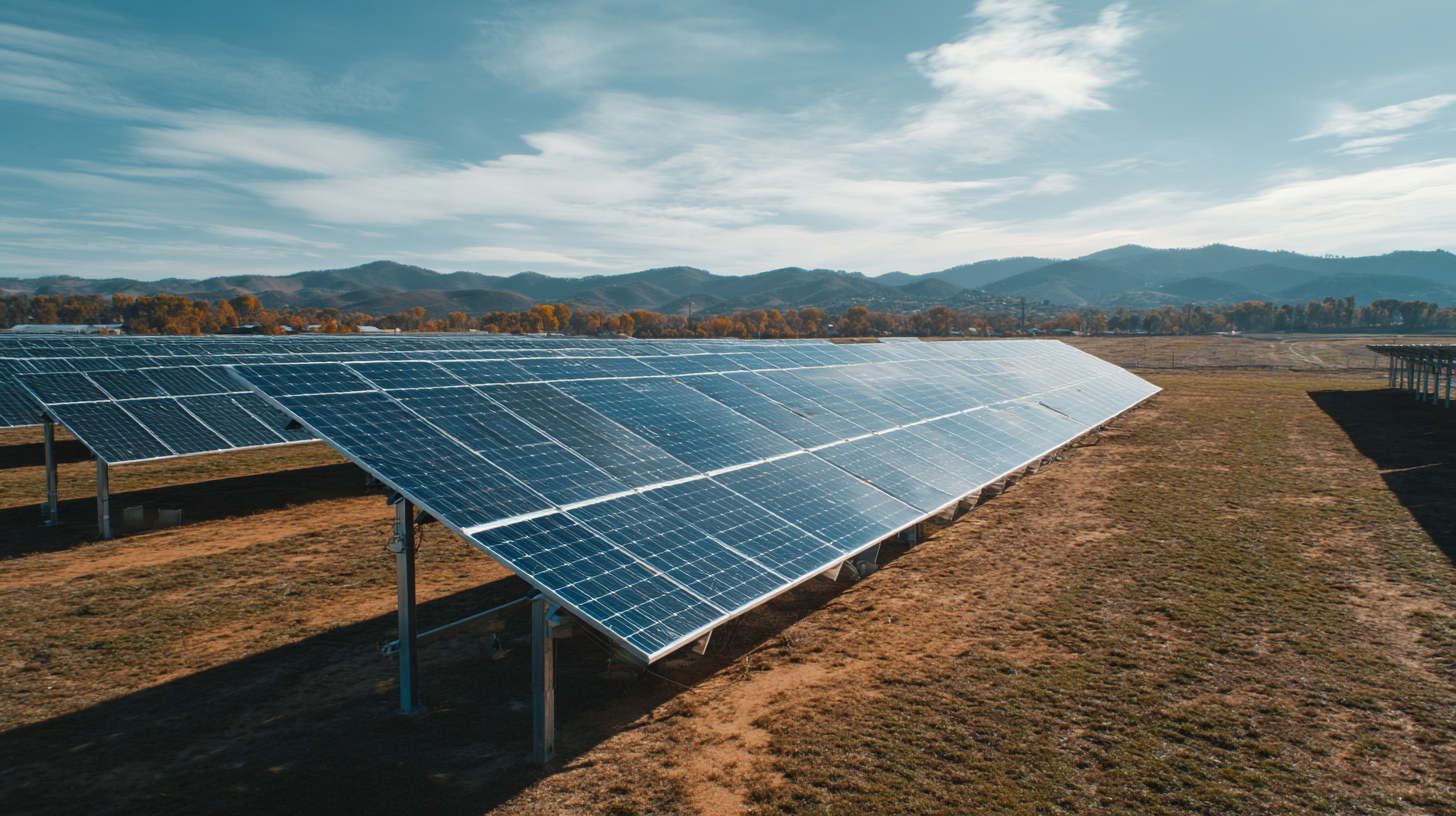Understanding Challenges with Best Solar Power System for Global Buyers
As the global demand for renewable energy surges, understanding the challenges associated with the best Solar Power System has become essential for buyers worldwide. According to the International Energy Agency (IEA), solar energy capacity is projected to exceed 1,900 gigawatts globally by 2023, highlighting its critical role in the transition towards sustainable energy sources. However, despite its potential, consumers often face obstacles such as high initial costs, varying government policies, and differences in technology and performance across regions. Furthermore, the Solar Energy Industries Association (SEIA) reports that solar capacity is growing rapidly, but installation challenges, along with the complexities of choosing the right system, can hinder adoption. This blog aims to explore these challenges in depth, providing insight into the factors buyers need to consider when navigating the solar market for optimal solutions tailored to their specific energy needs.

Key Challenges Faced by Global Buyers in Selecting Solar Power Systems
Selecting the right solar power system poses significant challenges for global buyers, particularly as they navigate a complex landscape of technology, regulations, and financial implications. According to the International Energy Agency (IEA), solar power capacity has seen a remarkable surge, with global installations reaching 1,000 GW in 2020 alone. This growth, while promising, also complicates decision-making for buyers who must sift through an array of products, brands, and technologies, each with its own specifications and performance metrics.

One of the major hurdles is understanding local incentives and regulations that vary widely by country and region. For instance, a report by the Global Solar Council highlights that unfavorable policies can deter investment and increase the total cost of ownership. Additionally, buyers often face challenges related to the warranty and lifespan of solar panels. A study by SolarPower Europe found that while most manufacturers offer warranties of around 25 years, the actual performance degradation in real-world conditions can be significantly higher, affecting long-term financial planning. Therefore, buyers must conduct thorough research and consult multiple sources to make informed decisions tailored to their unique circumstances.
Understanding Regional Variations in Solar Power System Requirements
Global demand for solar power systems is increasingly diverse, influenced by regional variations in energy policies, technology adoption, and environmental conditions. The solar photovoltaic (PV) market is projected to experience substantial growth, with its size expected to escalate from $39.44 billion in 2024 to $251.79 billion by 2032, reflecting a compound annual growth rate (CAGR) of 25.88%. This surge is largely driven by improved efficiency, decreasing costs of solar technology, and growing environmental awareness.
Different regions face unique challenges that must be understood by global buyers. For instance, while North America emphasizes energy independence and incentives for renewable energy adoption, emerging markets in Asia focus on affordability and accessibility. The varying levels of government support, infrastructure capabilities, and consumer education can significantly affect the local market dynamics. Understanding these regional variations is crucial for stakeholders looking to invest in or expand their solar energy operations globally, as the "optimal" solar power system may differ dramatically based on local needs and regulations.
Understanding Regional Variations in Solar Power System Requirements
This chart illustrates the variations in solar power system requirements across different regions worldwide, highlighting the differences in average energy production, installation costs, and regulatory frameworks that impact solar power adoption.
Evaluating Cost-Effectiveness of Solar Solutions for Diverse Markets
As global interest in renewable energy solutions continues to rise, the importance of evaluating the cost-effectiveness of solar power systems for diverse markets becomes increasingly vital. With the anticipated growth of the global container energy storage system (ESS) market, expected to reach approximately $14.7 billion in 2024 and surge to $55.1 billion by 2032, understanding the nuances of solar investment is essential for buyers worldwide.
Assessing the economic viability of solar solutions involves analyzing not just upfront costs but also long-term savings, incentives, and technological advancements that can significantly enhance efficiency. For different regions, factors such as government subsidies, local energy prices, and climatic conditions play a pivotal role in determining the best solar systems. Consequently, global buyers must navigate through various options, ensuring they strike the right balance between cost and performance to maximize their investment in solar technologies.
Top Reasons for Reliability Concerns in Solar Power System Purchases
When global buyers invest in solar power systems, reliability concerns often top their lists of challenges. One significant issue is the variability in quality among different manufacturers. With numerous companies claiming to offer the best products, distinguishing trustworthy brands from those that cut corners can be daunting. It's essential to research manufacturers' reputations, customer reviews, and warranties to ensure long-term reliability.
Another factor affecting buyer confidence is the efficiency of solar panels under varying environmental conditions. Solar energy systems perform differently based on location, weather, and installation quality. Buyers should consider consulting local experts who can provide insights into the best technologies suited for their specific area. They should also inquire about the system's performance in both optimal and suboptimal conditions.
**Tips:** When evaluating prospective solar power systems, always request performance certificates and efficiency ratings. Engaging with local solar community forums can provide firsthand experiences and recommendations. Additionally, never overlook the importance of understanding the installation process, as improper setup can lead to underperformance and increased maintenance costs.

Navigating Regulatory and Compliance Issues in Global Solar Energy Markets
Navigating the landscape of global solar energy markets requires a solid understanding of regulatory and compliance issues, as these can significantly influence the success of solar power systems for buyers worldwide. According to a report by the International Renewable Energy Agency (IRENA), nearly 70% of solar projects face delays due to regulatory hurdles. These may include complex permitting processes, variations in standards across countries, and the need to comply with local regulations regarding land use and environmental impact assessments.
Tips: Always conduct thorough research on the regulatory framework in the target market before committing to a solar project. Engaging with local regulatory bodies early in the planning phase can help anticipate challenges and streamline the approval process.
Additionally, compliance with international standards such as IEC (International Electrotechnical Commission) can enhance the marketability of solar products. Reports show that systems compliant with these standards can experience up to 25% quicker adoption rates.
Tips: Ensure that your solar products are certified by recognized international standards, as this not only facilitates market entry but also builds trust with potential customers. Engaging local legal experts can also provide valuable insights into navigating compliance complexities effectively.
